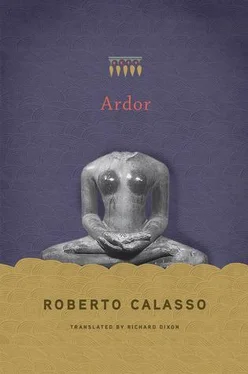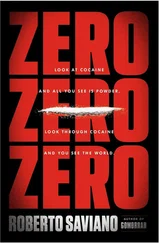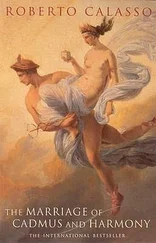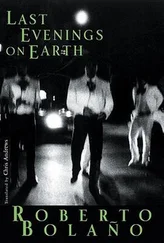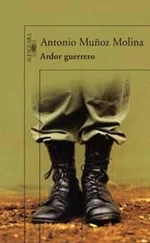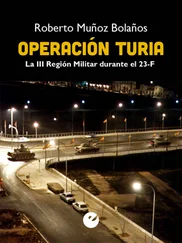* * *
The brahmin is recognized by a certain light, by a brightness called brahmavarcasa , “brahmin radiance.” That light is given out by brahman and it is the brahmin’s only purpose, observed Yājñavalkya: “The brahmin should seek this: to be illuminated by brahman. ” But the kindling of that light takes place at the same time as that of the fire, of the meters, and of the seasons. The brahmin who recites the “kindling verses ( sāmidhenī )” is himself one of those whom the verses must kindle. And, in the same way that the fire accompanied by the verses has a more intense light, “invulnerable, untouchable,” so too will the brahmin have a light that is different from every other man. This is the perceptible origin of his authority. If it is ever said, often with some resentment, that the brahmin appears “invulnerable, untouchable,” it will be because there is still one last, perhaps even distorted, glimmer of the firelight transmitted in him that another brahmin had once kindled when pronouncing the “kindling verses.”
All the divine forms are present in the fire: when it is first lit and gives off only smoke, it is Rudra; when it burns, it is Varuṇa; when it blazes, it is Indra; when it dies down, it is Mitra. But the only form in which the fire emits an intense light, without any need for flame, is brahman : “When the embers glow intensely, that is brahman. And if anyone wishes to attain brahminic splendor, let him make his offering then.” The mysterious quality of the brahmins is above all a moment in the life of the fire, recognizable every day. The mystery appears as something that can be seen by all — a “manifest mystery,” as Goethe would one day say. It is no longer hidden, no longer inaccessible. The sacrificer who wishes to come close to it has only to choose that moment to present his offering. All that is required is constancy: the sacrificer shall always make his offering to the same type of fire for a year. Every time he must wait for the moment of the embers. He cannot make his offering one day to the blazing fire, one day to smoke, one day to the dying fire. It would be like searching for water by digging shallow holes with a spade, always in different places. Nothing will ever be found.
* * *
During Baudelaire’s last years, cartoonists ridiculed him for writing “Une charogne.” That poem was the most scandalous of all, more even than his erotic poetry. No poet, it was said, had ever dared to liken the body of his beloved to the abandoned carcass of an animal.
And yet someone prior to Baudelaire had, with no less daring, spoken of a carcass. It was Yājñavalkya, if certain words found in the fourth kāṇḍa of the Śatapatha Brāhmaṇa can be attributed to him. “The gods dispersed part of that smell and deposited it in domestic animals. This is the stench of carrion of domestic animals: no one must therefore hold their nose at the smell of carrion, this is the smell of King Soma.”
Two figures — the beloved and King Soma — appear in the foul smell of the carcass. For Baudelaire, there is a shudder of revulsion and secret gratification. For the moderns, it is the horror that is supposed to lurk behind the appearance. That is why they are so frantic. They rush away, they don’t stop, they fear that appearance will transform itself before their eyes. For Yājñavalkya, however, acceptance was complete. Indeed, it was connected to a precept imposed on a very primitive sense: the sense of smell, reluctant to obey.
Something remote and powerful had to be implicit in that prohibition. It had to go back to the most dreadful moment for the gods, when Indra had hurled a thunderbolt at the formless Vṛtra, but wasn’t at all sure he had killed him. So he hid. Crouched behind him were the gods, equally doubtful and terror-stricken. They said to Vāyu, Wind: “Vāyu, go and find out if Vṛtra is dead or alive; you are the fastest among us: if he is alive, come back straightaway.” Vāyu agreed, after having asked for a reward. When he returned, he said: “Vṛtra is slain, do with the slain what you wish.” The gods rushed off. They knew that Vṛtra’s body was swollen with soma , since Vṛtra was born from soma. Each wanted to plunder the corpse, to take the largest portion of it. They realized that the soma stank: “Its pungent stench wafted toward them: it was not fit for offering nor was it fit for being drunk.” So once again they asked for Vāyu’s help: “Vāyu, blow over him, make him palatable for us.” Vāyu asked for another reward. Then he began blowing. The foul smell began to disperse. The gods deposited it in the smell of carrion that is in domestic animals. Then Vāyu blew again. Finally the soma could be drunk. The gods continued to squabble over its portions. Round about, the world was strewn with rotting carcasses. But the soma was also in them. People would be expected to remember this. If they came across them, they should not hold their noses.
The ritualists were extremely demanding: the soma , the intoxicating plant that grows on Mount Mūjavant, might have become less easy to find, it might have disappeared, but the rites that celebrated it would have continued in just the same way. A substitute would have been given for something that was unique. A fatal step. The rite would have been celebrated with another plant that lacked the powers of the soma. But the hymns remained. And if one day, roaming about, any humans were to come across the carcass of an animal, they were forbidden to hold their nose. Even in that rotting body, as in all bodies, the soma had once been deposited. Indeed, that repulsive smell was the “distinctive sign of King Soma.” The soma is Good in its raw state. Already intolerable in itself, it becomes all the more intolerable when it is mixed with the “evil of Death,” pāpmā mṛtyuḥ . In that precise moment it has to be accepted, inhaled, left to penetrate into us. Good is something against which nature rebels. But nature has to be tamed. This is what rites are for. And not even this was enough for the ritualists. Thought must be extended even to chance. Even to a sudden encounter with the carcass of an animal while wandering off the beaten track.
* * *
That Self, ātman , which “in the beginning existed alone,” had the form of a “person,” puruṣa , but was not simply a man. And it saw nothing outside. It sought pleasure, but “pleasure is not for someone who is alone.” It therefore decided to split itself in two: a female and a male being. “For Yājñavalkya has said: ‘We are each one half.’” Shorter and more abrupt here, in keeping with Yājñavalkya’s style — but the doctrine was the same as that which Aristophanes would one day put forward during the symposium recounted by Plato.
Yājñavalkya’s observation has enormous implications. First, it explains why “the emptiness created is filled by the woman.” It was like this even in the beginning, because the Self, as soon as it split in two, coupled with that woman who had come out of him. “Thus men were born.” The first reference is made at this point to woman’s thought: “Then she reflected: ‘How can he have intercourse with me, after having produced me from himself? Come, I need to hide myself.’ She became a cow, he a bull. He joined with her: cows were born. She became a mare, he a stallion.” The gesture of the woman in flight (out of hostility? to seduce better? for both reasons?) and the zoological sequence are evoked with supreme rapidity. Strindberg’s war of the sexes and Zeus’s animal metamorphoses. They continue without respite: “Thus everything is produced that goes in couples, down to the ants.” And even though such stories of multiple and metamorphic coitus could be Greek, the detail of the ants is the hallmark of the Vedic author.
Читать дальше
